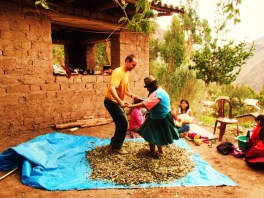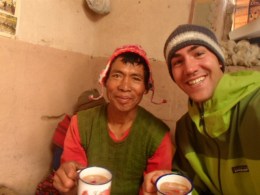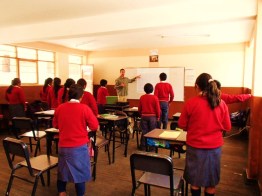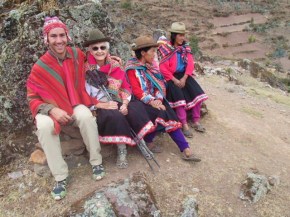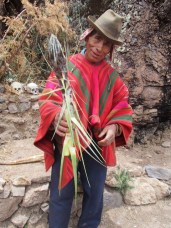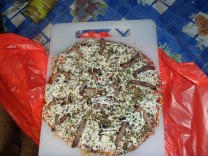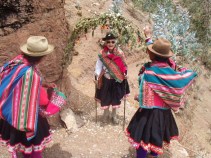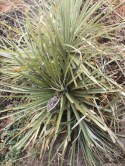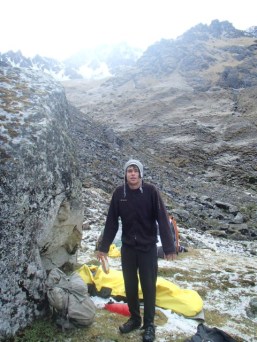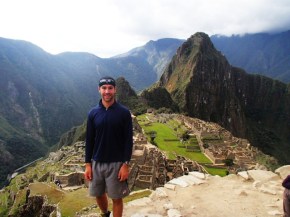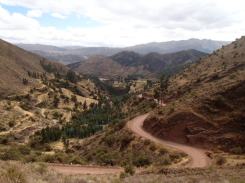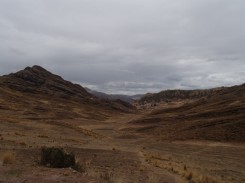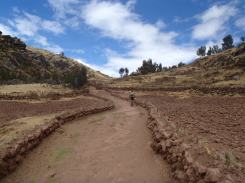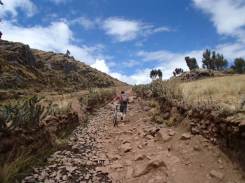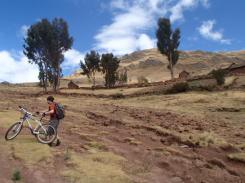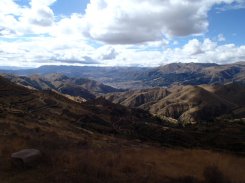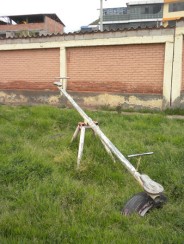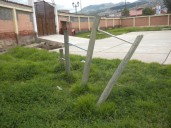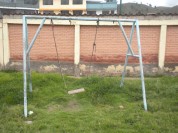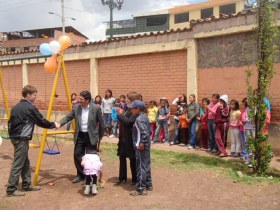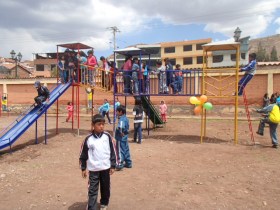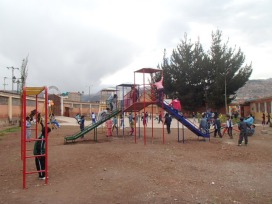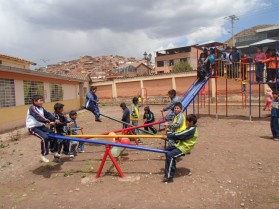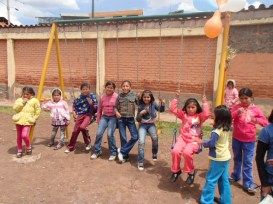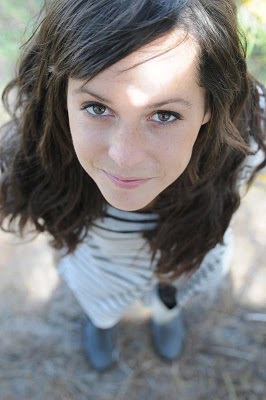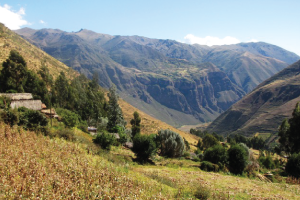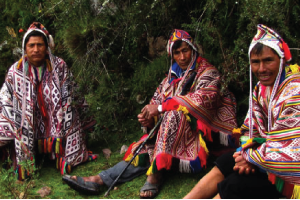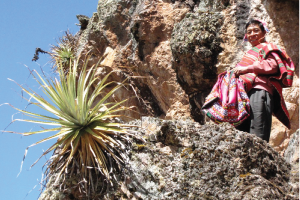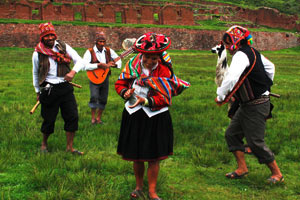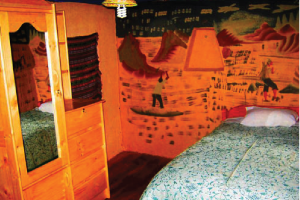For the past two months I have had the privilege of teaching an English course to the indigenous Andean community of Janac Chuquibamba in the Sacred Valley of the Incas here in Peru. The community of Janac Chuquibamba is part of the native Inca rural tourism association, “La Tierra de los Yachaqs,” who strive to preserve their Inca ancestry through socially-responsible and sustainable existential tourism. This association helps to preserve cultural heritage, generate a form of income for the subsistence farmers that compose this existential tourism association, and employs environmentally sustainable humanitarian projects such as eco-latrines and improved ventilated stoves through their humanitarian partnerships and rural tourism programs. It is due to the incredible partnership of Ascend Humanitarian Alliance, Ascend Adventure Travel, and La Tierra de Los Yachaqs, that I have had the honorable privilege of teaching this English course to the families of La Tierra de Los Yachaqs in Janac Chuquibamba.
Our goal with this English course was to provide a two month long course with classes two days a week in Janac Chuquibamba. This course was outlined to begin with the basic English constructs of vocal and consonant sounds, building to ultimately having the students be able form English dialogues in different settings and situations (both business and casual), that they would encounter in their rural tourism experiences. There were three main goals in teaching this English course. The first was to allow the subsistence farmers (students) to make their tourists feel more comfortable by being able to converse with their tourists using basic English expressions. The second was to allow the association to broaden their clientele base to tourists that are not fluent in either Quechua or Spanish (as all of their marketing, advertising, and business negotiations are done using these two languages). The third goal was to learn more about the lifestyle of these subsistence farmers in understanding their education system, their daily lives as subsistence farmers, and as selfless hosts through their rural tourism association.
Outside of the English course I helped them build community centers out of adobe bricks, construct Eco-latrines (sustainable, economical bathrooms that don’t use water and convert the human waste into fertilizer for agricultural purposes), worked alongside the men, women, and children in their agricultural fields, and co-taught at their local school to evaluate their educational opportunities and structure. Working in their agricultural fields, I have never seen such hard working people. They wake at five AM and work until sundown. I understood the true meaning of community by helping them with their many community projects. When a home needs to be built they all work to build it together. When a man needs help planting his fields, they all leave their fields to offer their help. This is a community because they work together for the common good of all, selflessly with an outlook of equal prosperity. In their local schools and through my English course I realized that their education opportunities are unmatched to their counterparts living in the cities. Their teachers are generally less qualified and their government funding falls behind. My friend Herman, a local campesino, voluntarily teaches Spanish to the kids of the community under the age of nine, as the Peruvian government is either unwilling or unable to help the Quechua speaking native children learn Spanish (a necessity for life outside of the communities as everyone in the cities speaks Spanish). Finally, and without regard, I found complete and selfless generosity in their home stays. I had to beg to help clean the dishes; and the cultural interaction and friendships I gained would have been impossible in any other “tourist” setting.
I was proud to see their willingness to learn and be challenged with the foreign language of English after their 12 hour days, working in their fields. I know that they will only grow as a rural tourism association through their new educational knowledge, and with the cross-cultural experience we all gained through our interpersonal professional and casual daily interactions; and ultimately, I hope that our partnership with this existential tourism association allows them to continue their traditional Inca lifestyles, and share it with all of us.
Thomas Smith, intern for Ascend Adventure Travel and student at the University of Utah working on Undergraduate Degrees in Environmental and Sustainability Studies and International Relations, with a certificate in Teaching English to Speakers of Other Languages (TESOL).


